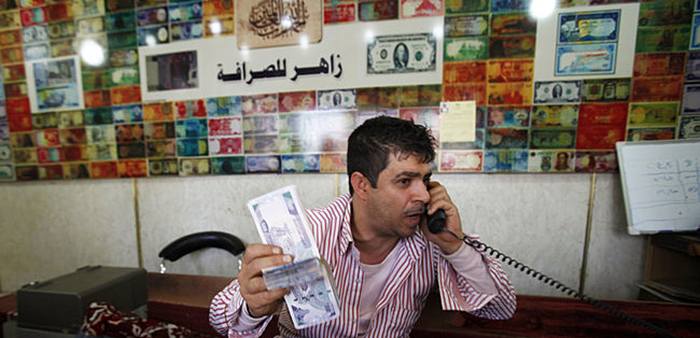How To Avoid The Currency Exchange Trap

On paper, the world seems to be getting ever-more connected, as borders are crumbling and free-trade-zones being set up everywhere from Europe to Asia and from Africa to the Americas. In practice, unfortunately, these political and economic changes rarely amount to significant improvements for the average traveler.
In many respects, planning a holiday abroad may actually be more complicated today than just a few decades ago, as currency markets are become ever more complex and hard to read unless you consider taking a course in financial economics in order to be able to spend a few days lying on the beach a feasible proposition. And yet, it doesn’t have to be rocket science either. Here are four easy to follow essential suggestions to avoid the currency exchange trap while abroad.
Observe the currency markets
It is true that reading the sports part of the newspaper over breakfast is more enjoyable than leafing through the latest stock market articles and combing through essays on economic development. And yet, by at least spending five minutes each day scanning currency exchange rates, you can develop a deeper understanding of the mechanisms behind the numbers as well as about what constitutes a ‘good’ exchange rate and what must be considered a ‘bad’ one. All of this will come in handy when you’re on location and will have to take far-reaching decisions.
Exchange some cash well ahead of the trip
It will also be helpful in another regard: Far too many travelers exchange cash when they’re already on vacation. This means they will only very rarely get the best exchange rate for their money. You can do a lot better than that. After all, now you’ve started informing yourself about the ups and downs of the currency market, you will know when the best time for exchanging cash has come. Grab your opportunity when it presents itself and swap a reasonable amount when rate are attractive.
Avoid dynamic currency conversion
And yet, for safety reasons alone, you should never carry too much cash on you when traveling. As a logical result, this means you’ll have to withdraw cash from an ATM at some point during your stay. Finding an ATM is no longer an issue, but what about the exchange rate you’ll get when using one? This is where things can really go wrong. Most ATMs today will present you with two options: Withdrawing cash in pounds or in the local currency. Opting for the former means subjecting yourself to the exchange rates of the ATM-operating company, which can be advantageous in some select cases, but ends up being far more expensive most of the time. Which means you should always choose withdrawing money in the local currency and avoid dynamic currency conversion.
Even by following the suggestions mentioned above, currency questions remain difficult. A currency card can help you make things a lot easier. By locking the exchange rate on the card, you can avoid having to deal with complex currency problems. And since it works just like a prepaid card as well, it is also a formidable payment tool while abroad. Which must surely be the ideal solution. Even financial experts don’t want to think about currency exchange rates all the time, after all.
G. Whittaker is a freelance author with a focus on finance and a passion for traveling. In his articles he likes to share his views and experience gained in working within the finance industry for over a decade.







